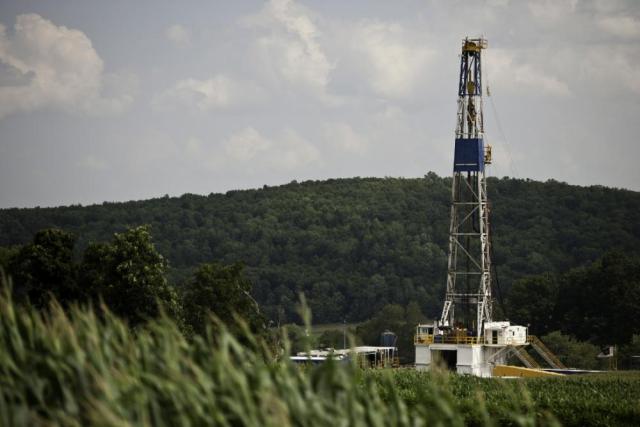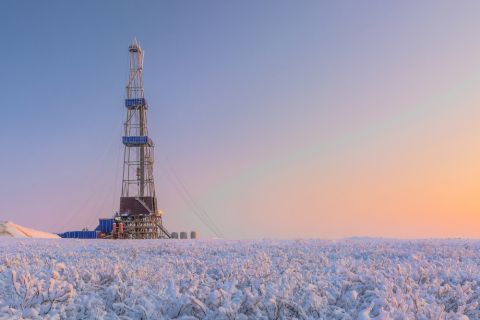
The Appalachian region recorded the highest average for a six-month period since production began in 2008. (Source: Helge Hansen/Equinor)
Despite the pandemic slump, production from the Beast in the East shows no signs of slowing down.
Dry natural gas production from shale formations in the Appalachian Basin has shown growth since 2008 and monthly production set new record highs during the first half of the year, the Energy Information Administration (EIA) reported Sept. 1.
The region recorded 32.5 billion cubic feet per day (Bcf/d) production in December 2020, which averaged 31.9 Bcf/d during the first half of 2021—the highest average for a six-month period since production began in 2008. Gas production from Appalachia’s sibling shale plays Marcellus and Utica accounted for 34% of all U.S. dry natural gas production in the first half of 2021, making the Appalachian Basin the third-largest natural gas producer in the world, trailing only all of the U.S. and Russia.
The EIA attributes the basin’s record-breaking production to the growth in pipeline takeaway capacity that allows natural gas produced in the Appalachian Basin to reach other demand markets, especially the Midwest. The total takeaway capacity—which increased from 4.5 Bcf/d to 24.5 Bcf/d since 2008—has helped ease congestion, supporting higher wholesale natural gas prices in the region.
While the pipeline takeaway capacity from Appalachia to Canada and to the Southeast U.S. has also increased, recent expansions of pipeline capacity in the Southeast are also supporting export growth of U.S. LNG.

(Source: U.S. Energy Information Administration, U.S. state-to-state pipeline capacity)
Although natural gas pipeline capacity out of the Northeast has grown every year since 2014, the EIA said the rate of increase has slowed recently, not keeping pace with the growth in regional production. The Mountain Valley Pipeline, which is the largest natural gas pipeline under construction, is currently set to startup in the summer of 2022.
One of several U.S. pipelines that have faced several delays due to regulatory and legal fights with environmental and local groups, the Mountain Valley Pipeline, which started construction in February 2018, had originally been expected to enter service by late 2018.
Mountain Valley is a proposed underground, interstate natural gas pipeline system that spans approximately 303 miles from northwestern West Virginia to southern Virginia. The pipeline is designed to move 2 Bcf/d of natural gas from the Marcellus and Utica shale regions to markets in the Mid-Atlantic and Southeast areas of the U.S. and is intended to further alleviate pipeline congestion.
Recommended Reading
Biden Administration Criticized for Limits to Arctic Oil, Gas Drilling
2024-04-19 - The Bureau of Land Management is limiting new oil and gas leasing in the Arctic and also shut down a road proposal for industrial mining purposes.
Exclusive: The Politics, Realities and Benefits of Natural Gas
2024-04-19 - Replacing just 5% of coal-fired power plants with U.S. LNG — even at average methane and greenhouse-gas emissions intensity — could reduce energy sector emissions by 30% globally, says Chris Treanor, PAGE Coalition executive director.
FERC Again Approves TC Energy Pipeline Expansion in Northwest US
2024-04-19 - The Federal Energy Regulatory Commission shot down opposition by environmental groups and states to stay TC Energy’s $75 million project.
US Orders Most Companies to Wind Down Operations in Venezuela by May
2024-04-17 - The U.S. Office of Foreign Assets Control issued a new license related to Venezuela that gives companies until the end of May to wind down operations following a lack of progress on national elections.




